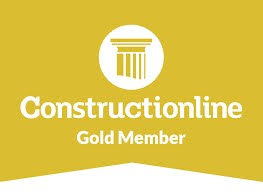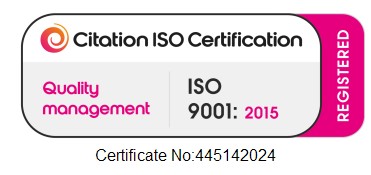Resume and Interview Tips
Your resume is the first impression – make it a good impression.
Sample Resume Note: Does not need to be limited to one page
- Write a clear, concise and easy-to-read resume in chronological order, free of errors, abbreviations, and slang.
- Include ALL of your current contact information, education background, professional certifications, licenses and organizations.
- Include ALL of your relevant work information, such as business names, city, state, and dates (month and year) when you held the position (e.g., 11/05 - present).
- Clearly describe your work responsibilities and your accomplishments.
- Include important specifics of your work experience (e.g., list whether it was full- or part-time, list software used, machinery used, languages spoken, etc).
- List pertinent duties below each position.
- List your most recent experience first, then proceed chronologically thereafter.
- Do not list personal, age-related or health information (e.g., 35, married with three kids and in excellent health).
- Do not include pictures or graphics.
- Do not use unusual fonts or fonts smaller than 10 point.
- Do not refer to yourself in the third person or first person (e.g., if you are John Doe., do not make statements such as "Mr. Doe received an award for perfect attendance." or "I received an award for perfect attendance."). Use action verbs such as "Received award for perfect attendance."
- Be specific about skills:
- Avoid: Microsoft Office, Operating Systems
- Use: Word, Excel, Outlook, Windows 2000 and XP
Interviewing tips
- Be on time.
- Research the company and the position before the interview
- Create a list of questions to ask about the company and position.
- Review your resume, work history and accomplishments to better prepare you for answering questions.
- Be honest, thorough and specific when answering questions.
- If you do not understand a question, ask the interviewer to repeat or re-word the question. It's OK to take your time in answering difficult questions.
- Dress appropriately and be polite to everyone.
- It's OK to follow up with a thank you letter to those who interviewed you. Following up beyond a thank you note is not recommended.
- Prepare a list of references with complete contact information and take it with you to the interview.
- If it is requested that you provide references, make sure your references know that you will be using them as a reference and whom they can expect a call from.
- Use previous/current professional references and not personal contacts. Previous and/or current immediate supervisors are preferred.
Get Job Alerts
Be first to hear of our new jobs.
Upload your CV
Send us your CV and we'll help with your career move.
Register with Us
Tell us more about yourself to find that perfect job.












